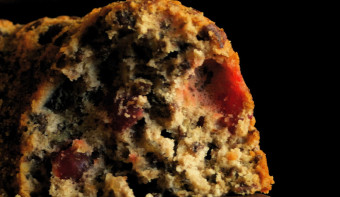About National Candy Cane Day
The History of National Candy Cane Day
Nobody knows for sure when we started to place candy canes on Christmas trees.
Some say the curved sweets were invented in 1670 when the choirmaster at a cathedral in Germany handed out sugar sticks to young choir boys to keep them quiet during a special ceremony. Church leaders complained that candy was not appropriate during such a solemn occasion, so the choirmaster bent the sticks to make them appear more like a staff, a religious symbol.
The first recorded use of candy canes in association with Christmas was in 1847, by a German-Swedish immigrant in Indiana, who used them to decorate a Christmas tree for children in his school.
However, it is not clear if the use of candy canes on Christmas trees was a widespread practice at that time. The association of candy canes with Christmas became more popular in the 20th century.
There is also some debate as to why December 26th was picked as Candy Cane Day.
However, considering the widely held tradition of hanging canes on the Christmas tree and in stockings, it makes sense that people wouldn’t unwrap and eat the treats until Christmas is over. Plus, the candies are most likely to be sold at a discount the day after Christmas, and that combined with a national day of recognition can spur sales—surely a boon to whatever entity lobbied to establish the holiday in the first place.
What are Candy Canes?
Candy canes are a traditional confectionery treat primarily associated with the Christmas holiday season. These sweets are recognizable by their distinctive shape—a long, curved stick with red and white stripes, often with a hook at one end.
Ingredients and Manufacturing:
Traditional candy canes are made from a mixture of sugar, water, and corn syrup, which is heated and then cooled to form a pliable sugar mass. Peppermint oil or flavoring is added for the signature minty taste and aroma. The mixture is then stretched, twisted, and rolled into long ropes of red and white stripes before being shaped into canes while still warm and pliable.
The red and white stripes, which have become iconic, were originally just white. The addition of red stripes reportedly occurred later, likely in the early 20th century, to add a decorative touch and enhance their visual appeal.
Symbolism and Traditions:
Over time, candy canes have taken on various symbolic meanings associated with Christmas:
Religious Symbolism: Some interpret the candy cane as a representation of Jesus Christ. The white color signifies purity, and the red stripes may symbolize Christ's blood or the stripes of the scourging he endured.
Shepherd's Crook: The cane's curved shape is associated with a shepherd's crook, often linked to the shepherds who visited the infant Jesus.
Decoration and Tradition: Candy canes are widely used as Christmas tree decorations, stocking stuffers, and as festive additions to holiday treats, contributing to the seasonal ambiance and traditions.
Variations and Innovations:
While the classic peppermint flavor remains popular, candy canes now come in various flavors and colors, ranging from fruity tastes like cherry or strawberry to unconventional flavors like bacon or bubblegum. Additionally, mini candy canes, giant-sized canes, and flavored twists have expanded the range of options available during the holiday season.
Similar Observances
Other Observances on December 26th 2025
Boxing Day 🎁
Read More
National Whiner’s Day
Read More










